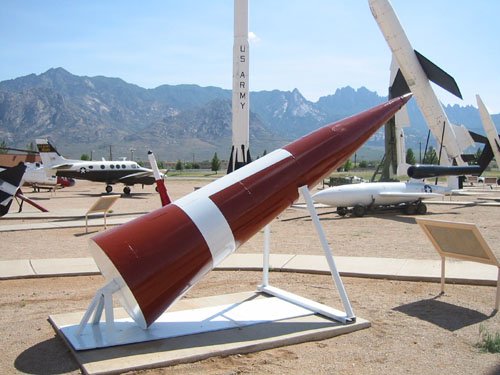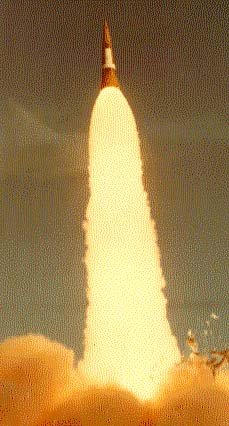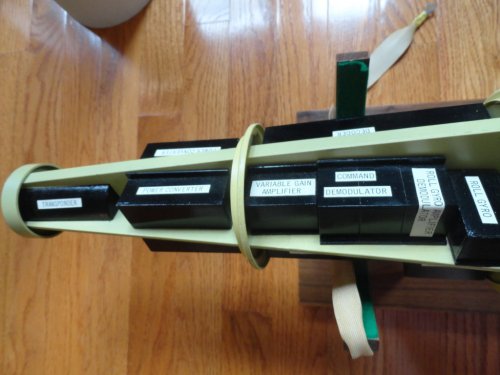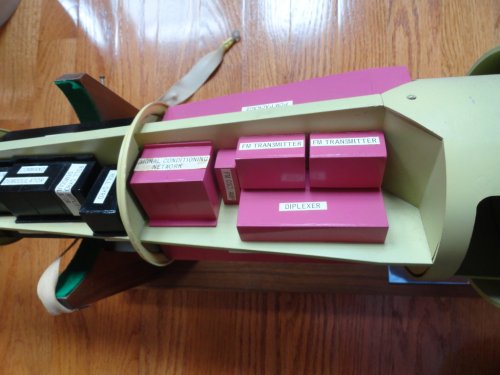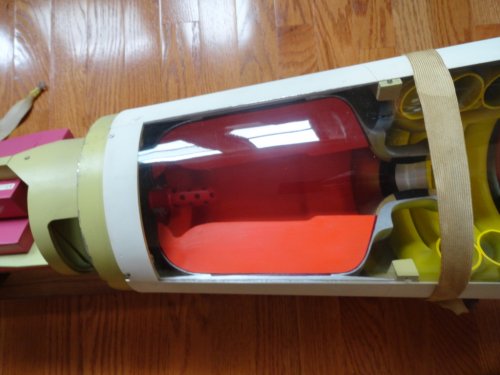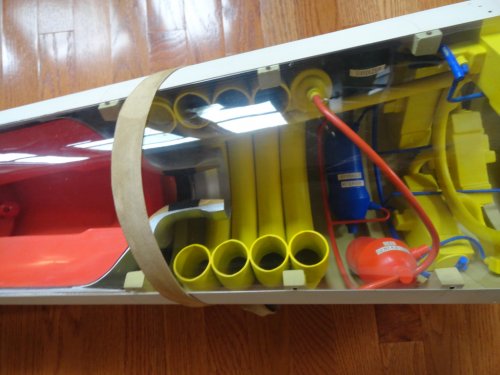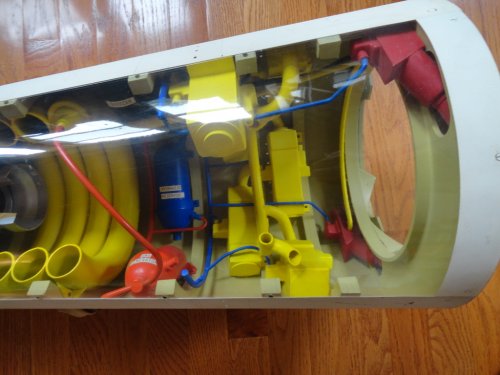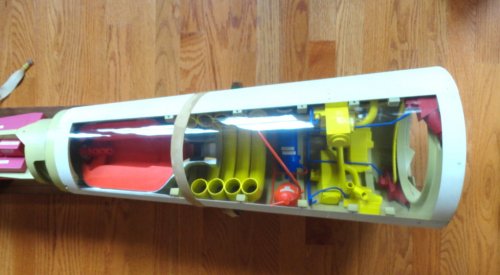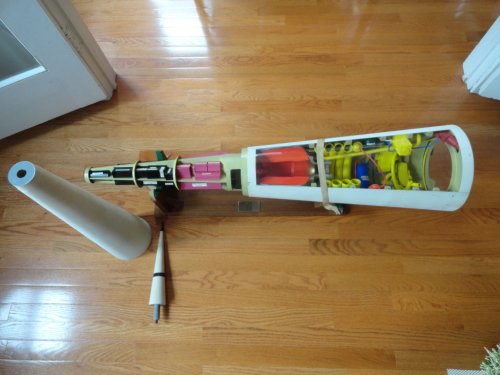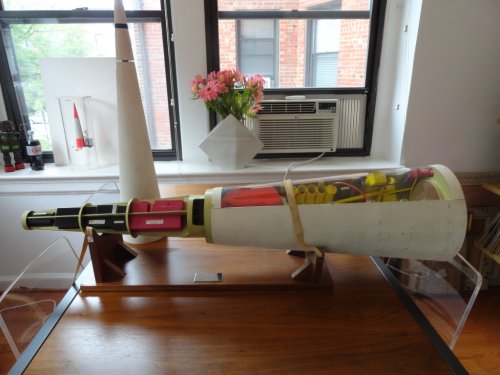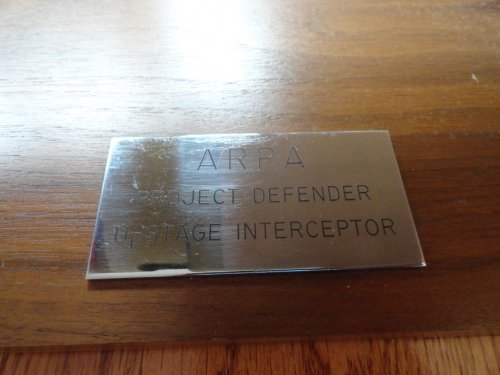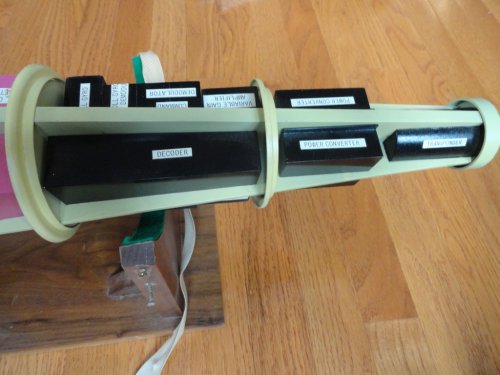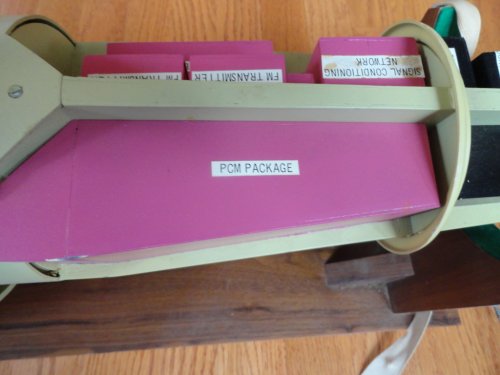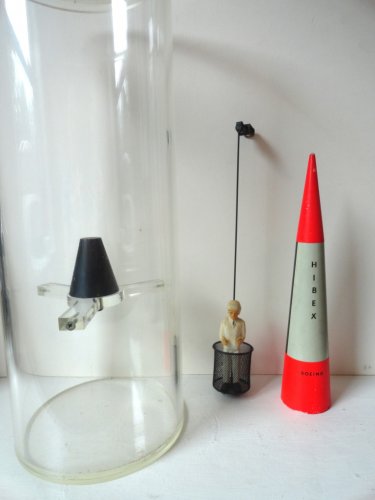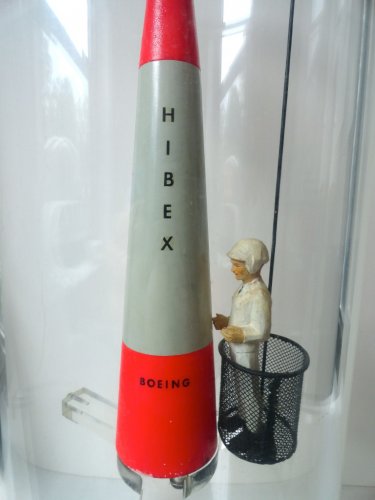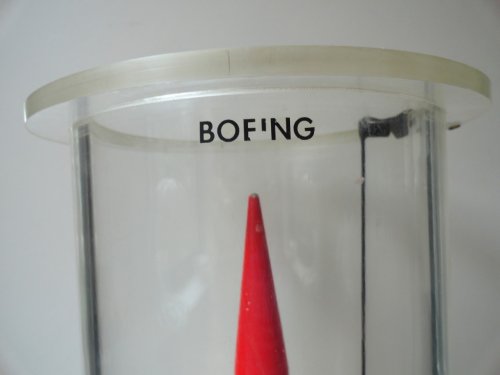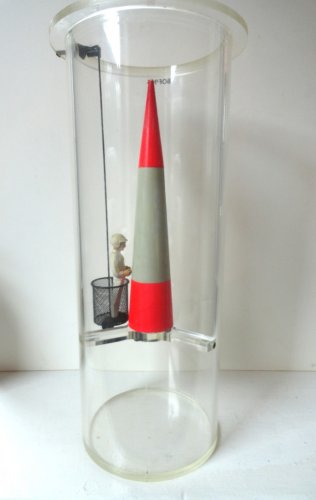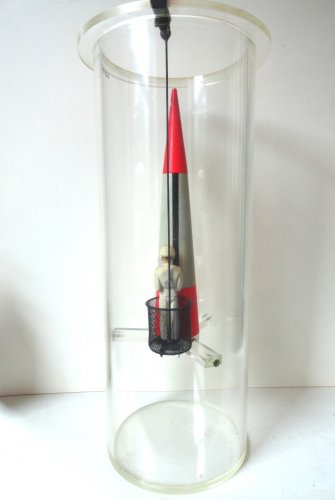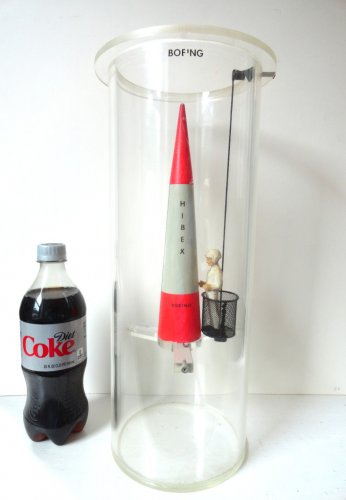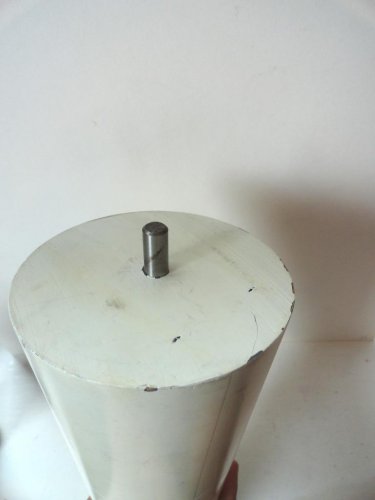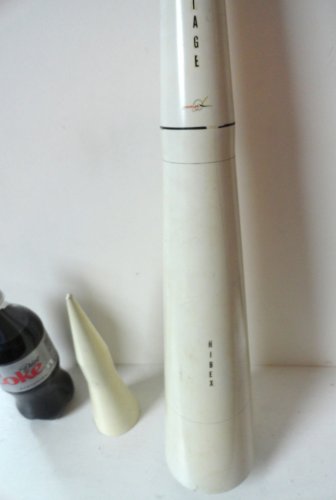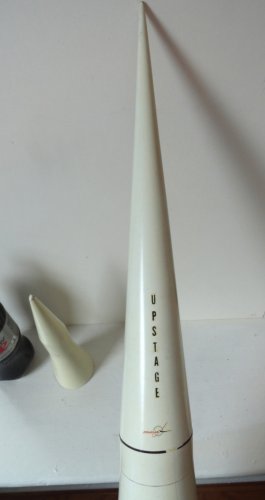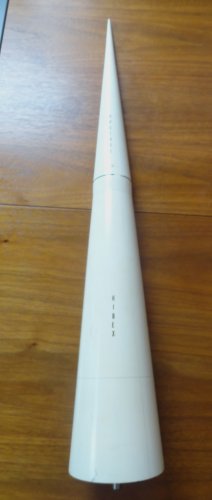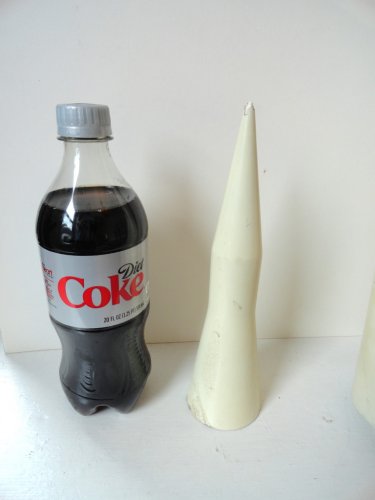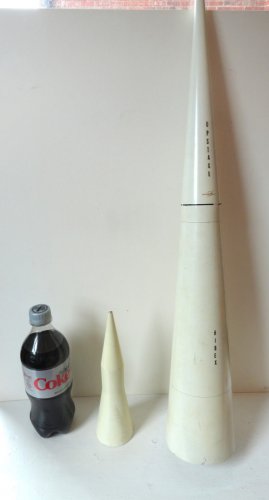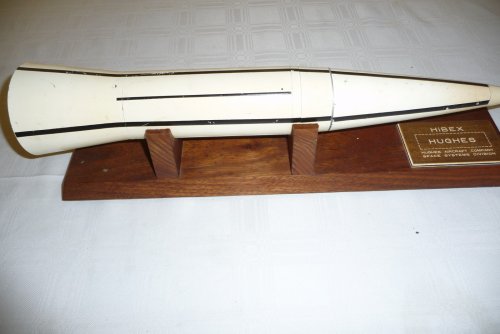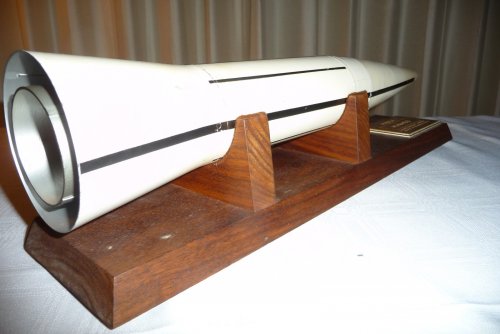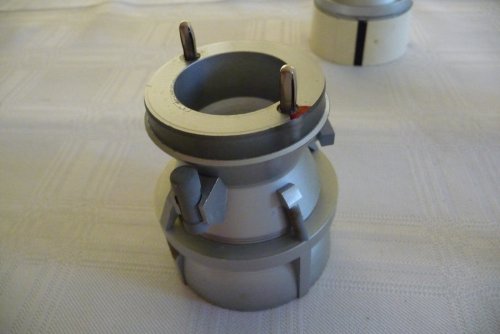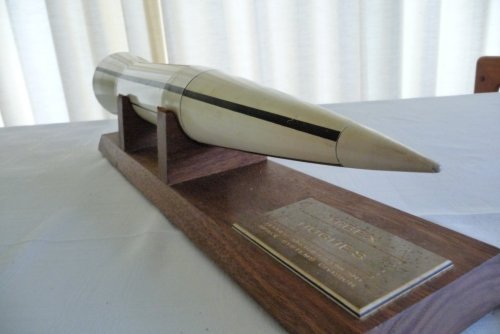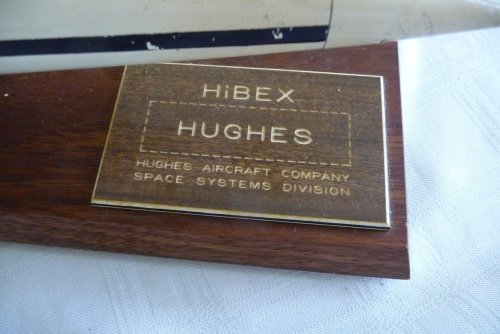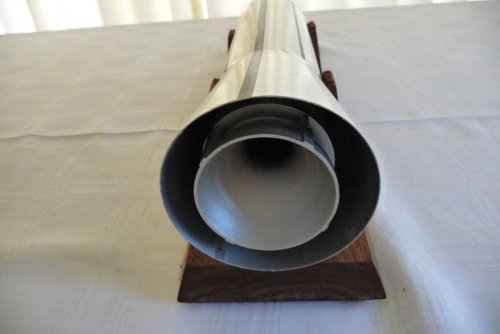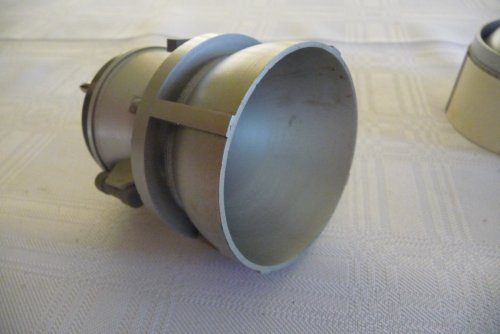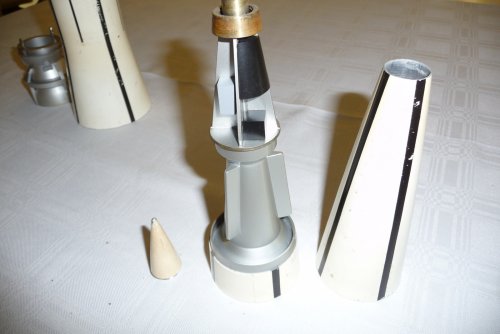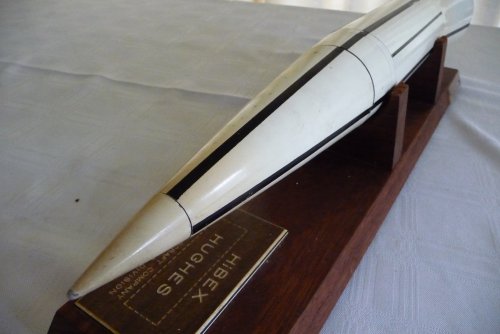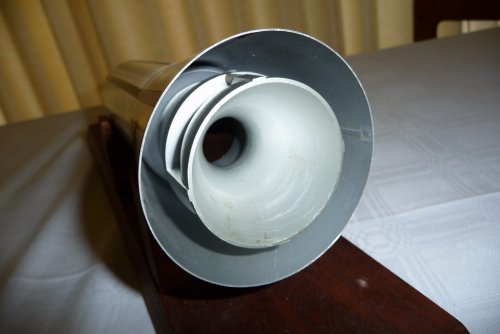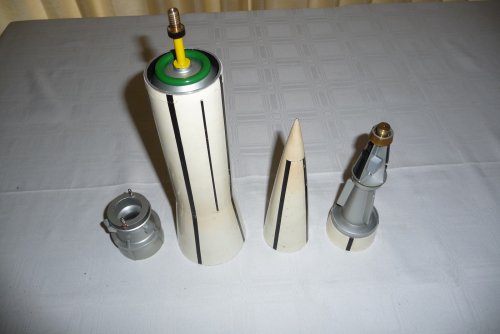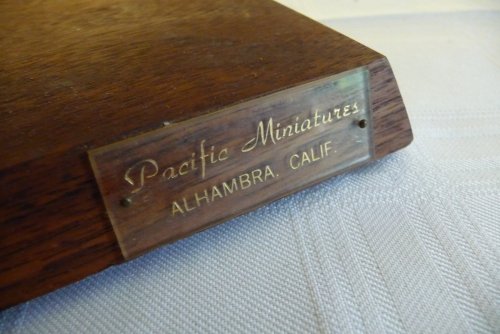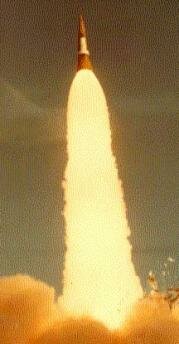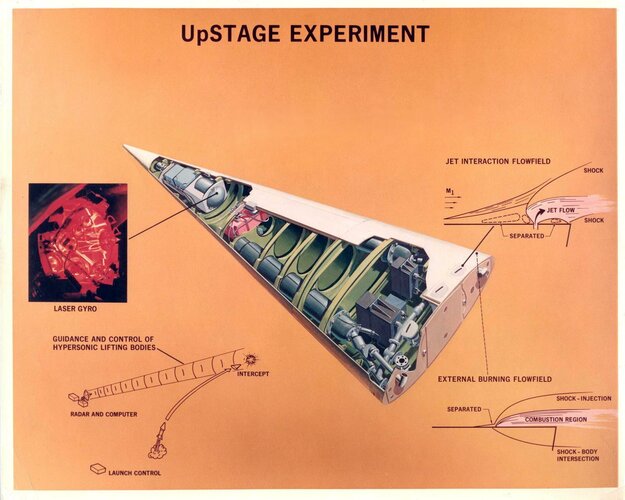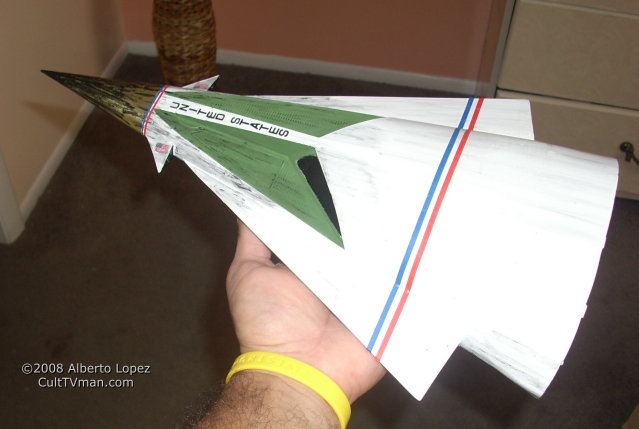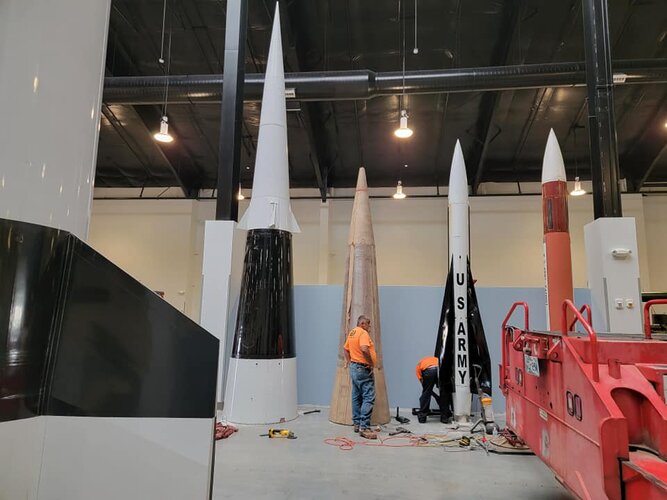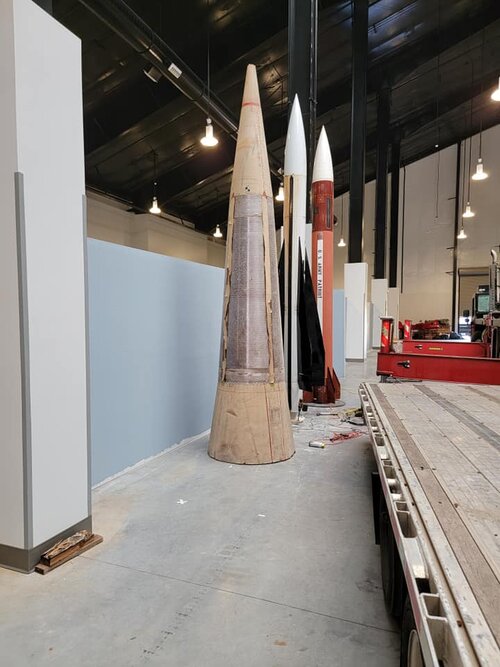- Joined
- 3 June 2011
- Messages
- 17,351
- Reaction score
- 9,112
There doesn't seem to be a thread for HiBEX so I'm starting one. Will put more info in later. In the meantime I stumbled across this little nugget:
"HIBEX is one of those really neat technologies that's been sitting on a back burner ever since it was first evolved since, in our tactical and operational environment, its a solution looking for a problem. That might change if the Norks and Iranians keep playing with their toys. It's not the only technology in that class, there are a few others as well.
One of the things we looked at back in the good old days was a sea-based version of HIBEX for shooting down sea-based ballistic missiles in boost phase. A version of that was putting a HIBEX missile (two actually) on an F-14 for SLBM interception." - Stuart Slade
"HIBEX is one of those really neat technologies that's been sitting on a back burner ever since it was first evolved since, in our tactical and operational environment, its a solution looking for a problem. That might change if the Norks and Iranians keep playing with their toys. It's not the only technology in that class, there are a few others as well.
One of the things we looked at back in the good old days was a sea-based version of HIBEX for shooting down sea-based ballistic missiles in boost phase. A version of that was putting a HIBEX missile (two actually) on an F-14 for SLBM interception." - Stuart Slade

